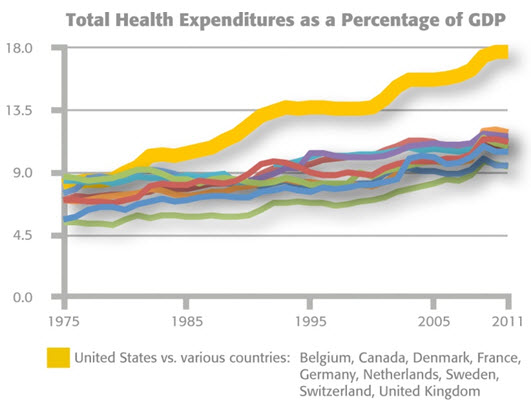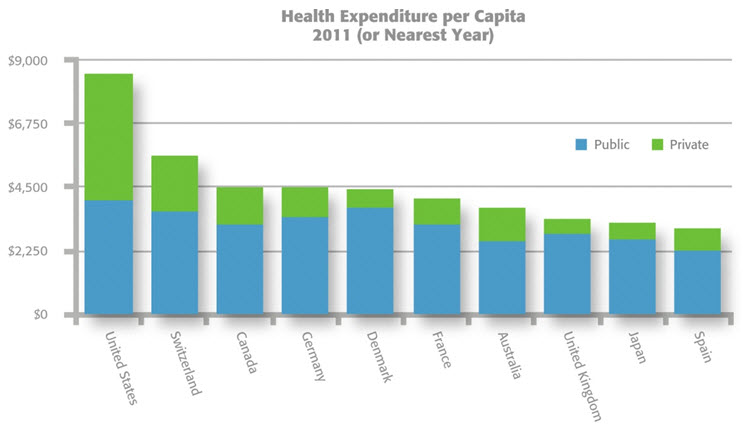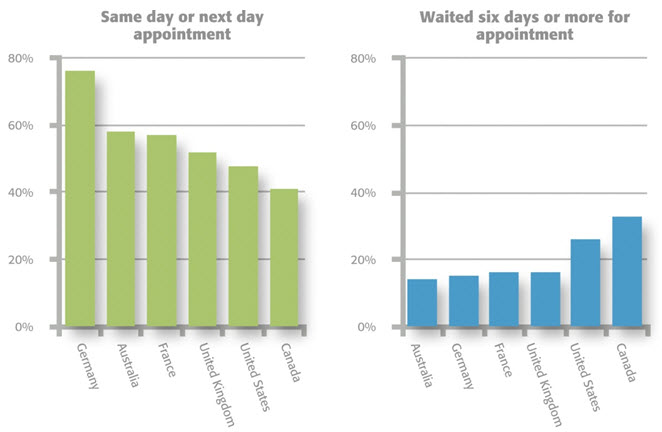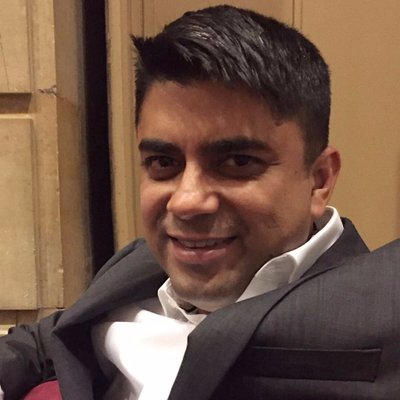By MARGALIT GUR ARIE
 We don’t win anymore in health care. After repeatedly drilling in our heads that America’s sick care system is a disaster, that those who care for the sick are incompetent and stupid, and that the sick themselves are losers, Meaningful Use was advertised as the means by which technology will make health care great again. The program has been in place for 5 years and the great promise of Meaningful Use is just around the same corner it was back in 2011. The only measurable changes from the pre Meaningful Use era are the billions of dollars subtracted from our treasury and the minutes subtracted from our time with our doctors, balanced only by the expenses added to our medical bills and the misery added to physicians’ professional lives.
We don’t win anymore in health care. After repeatedly drilling in our heads that America’s sick care system is a disaster, that those who care for the sick are incompetent and stupid, and that the sick themselves are losers, Meaningful Use was advertised as the means by which technology will make health care great again. The program has been in place for 5 years and the great promise of Meaningful Use is just around the same corner it was back in 2011. The only measurable changes from the pre Meaningful Use era are the billions of dollars subtracted from our treasury and the minutes subtracted from our time with our doctors, balanced only by the expenses added to our medical bills and the misery added to physicians’ professional lives.
Meaningful Use, a metastasizing web of mandates, regulations, exclusions, incentives and penalties, is conveniently defined in the abstract as a set of indisputably wholesome aspirational goals for EHR software and its users, which stands in stark contrast to the barrage of bad news flooding every health related publication, every single day. Health care in America used to be the best in the world, but now our health care is crippled. Meaningful Use of EHR technology will improve quality, safety, efficiency, care coordination, and public and population health. It will engage patients and families, and it will ensure privacy and security for personal health information. With Meaningful Use leading the way, health care will be winning so much that your head will be spinning. You won’t believe how much we’ll be winning.
Be afraid, be very afraid
Bombastic? Laughable? Easily dismissible by educated people? Not so fast. According to Dr. David Blumenthal, president of the Commonwealth Fund, and former National Coordinator for Health IT, “we probably have the worst primary care system in the world”. Yes, worst system in the whole wide world, worse than Niger, Malawi and Somalia. Probably. According to a hobbyist “study” that extrapolates its “results” from a handful of other studies based on an admittedly inaccurate tool intended for different purposes, 440,000 people are killed in hospitals due to preventable errors each year – “that’s the equivalent of nearly 10 jumbo jets crashing every week”. Or, with a little more math, half of all hospital deaths, and one in six US deaths, are due to negligent homicide perpetrated by psychopathic doctors and nurses.
Continue reading…

















